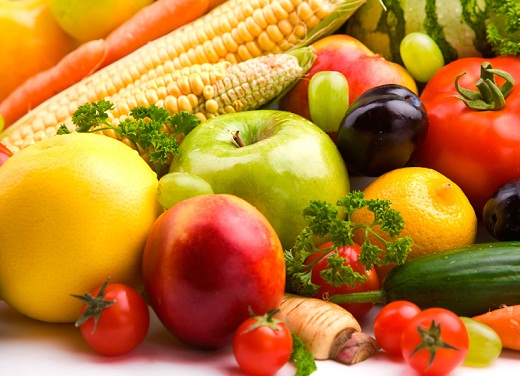

Order a call
 27.06.2016
27.06.2016
Nitrates - a nitric acid salt, required by all plants for growth and development, so they will anyway be present in the products. If the nitrate content in the soil does not exceed the norm, they are entirely absorbed by plants and do not bring any harm. But often in the pursuit of the harvest nitrogen fertilizers are used unstintingly, which leads to a higher content of nitrates in vegetables and fruits.
Nitrates for a long time considered as slightly toxic substances and used as medicines. But it turned out that getting into the human body most of the nitrate is converted to nitrite (nitrous acid salt). Nitrites, in turn, are the true poisons. They enter into an active collaboration with the hemoglobin in the blood and cause poisoning, at best, and at worst - a violation of the respiratory and nervous system, thyroid, heart, which can eventually lead to cancer. The greatest dangers of these substances pose to pregnant and lactating women, as well as for kids.
How to determine the amount of nitrates in vegetables and fruits?
Caution is needed when you buy: cabbage, beets, radishes and radish, cucumber, pumpkin, all your favorite melons and watermelons, as well as herbs (dill, parsley, celery), as these plants are the favorites on the content of nitric acid salts.
What are clear signs that the fruits and vegetables exceeded the rate of nitrate?
• 1. Change of the peel and pulp color. For example, a watermelon with a high content of nitrates will be with the yellow streaks in the flesh. Large cucumber with an unnaturally dark coat color is also better not to acquire. In carrot a light, almost white core can indicate artificial growing conditions, while in red grapes - white film. If you see red tomatoes, but inside you found green flesh, you can be sure that they are ripened using fertilizers.
• 2. Too big tops. As you know, if you use too much fertilizer, most of the nitrogen goes on the increase in the green parts of plants, i.e. the leaves and stems; therefore it is also very clear sign.
• 3. Unripe seeds, softly pronounced taste.
• 4. Unnaturally large or small size of the fruit.
But, unfortunately, it is not always possible to determine the high content of harmful substances in appearance.
Of course, it is impossible to finally get rid of nitrates. But it is possible to significantly reduce their number, knowing where they are collected, and adhering to the basic rules of food processing.
1. Clearing the fruit from the rind, you get rid of about 50% containing nitrates there!
2. Keep fresh fruits and vegetables at low temperature, in the refrigerator or cellar.
3. Heat treatment disinfects products.
4. Preserving and salting reduce the amount of nitric acid salts for 2, and in some cases for 3 times!
It is useful to know when buying fruits and vegetables:
- Purchase products in proven stores and supermarkets;
- Try to buy fruits and vegetables in season;
- Check the integrity of the fruit;
- Buy medium-sized fruits and vegetables;
With the advent of the ripening season of fruit and vegetable production and importation into the territory of the Republic of Kazakhstan from other states, there is a risk of poisoning by nitrates contained in vegetables and melons; in this regard we invite organizations and individuals to cooperate for verifying the presence and conformity of nitrates in vegetables and melons.